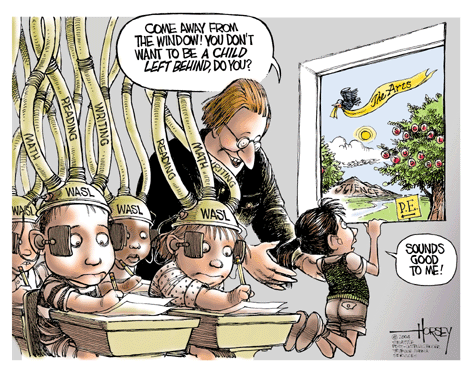Children are the world’s most valuable resource and its best hope for the future (J.F. Kennedy)
Use CLIL approaches as reskilling skyrockets
According to the World Economic Forum more than the half of the current workforce will need to be reskilled by 2025. This poses a real challenge to language teachers as innovative language courses need to be designed to cater for this trend. The best approach is tailor-made CLIL courses that can attract employees. For the basics visit: https://www.futurelearn.com/info/courses/understanding-language/0/steps/4158
How well do you know your students’ needs?
J.C. Richards offers 50 tips for teacher development in his pocket-size handbook (CUP, 2017). In number 12 we read: Identify your students’ learning needs. It takes a little bit of informal, teacher research to get to know your students much better. Conducting needs analysis is, as he says: “ an essential aspect of designing a language course” (p. 27). He also offers a 4-stage approach to this research: a) collect the necessary demographic data, b) organize the needs-analysis procedures, c) identify learning aims, and, d) select appropriate activities or interventions to satisfy these needs.
Valuable help as children’s mental health at risk
 Numerous studies predict that many children would face mental health and learning challenges in the aftermath of the pandemic. “Child Mind Institute” has teamed up with Stavros Niarchos Foundation Cultural Centre for the development of mental health offices in a number of Greek hospitals. Child Mind Institute, a non-profit, independent organisation works closely with parents and educators to provide mental health care for children and adolescents. Among its many firsts you can find a “Symptom Checker” which you can use to…
Numerous studies predict that many children would face mental health and learning challenges in the aftermath of the pandemic. “Child Mind Institute” has teamed up with Stavros Niarchos Foundation Cultural Centre for the development of mental health offices in a number of Greek hospitals. Child Mind Institute, a non-profit, independent organisation works closely with parents and educators to provide mental health care for children and adolescents. Among its many firsts you can find a “Symptom Checker” which you can use to…
“… indicate the behaviors that are making you concerned about your child by answering a series of questions. The Symptom Checker analyzes your answers to give you a list of psychiatric or learning disorders that are associated with those symptoms.
Since individual symptoms can reflect more than one disorder, this tool will give you a range of possibilities and guide you toward next steps. This tool cannot diagnose your child, but it can help you inform yourself about possible diagnoses and will offer information and articles to help you learn about them, to facilitate a conversation with a professional.”
More about the Child Mind Institute: https://childmind.org/
More about the “Symptom Checker”: https://childmind.org/topics-a-z/
Exams loading: Success is overrated
 With the exams approaching fast, you may find yourself trapped into the “teach to the test” routine with all these mock tests and practice tests checking. Don’t despair, though. What you can do is to find ways to humanize the whole process. First, give mistakes an ID, classifying them into “harmless and radar spotted” to “unavoidable” or the “highlights”. Making the mistakes memorable helps the learners familiarize with them. Then, you go for “mistakes hunting”, a more pleasurable activity than mistakes detection. Use clocks with funny alarms to help students follow a time-plan while working through the different exam tasks. It is also a good idea to combine any mock tests with some helpful exam/study skills short “commercials”, for example “how to proofread your writing in 5 minutes”. Try to reward the effort all the time. Perhaps you can print some “certificates of completion” at the end of each mock test, or you can take a selfie titled: “After Mock Test 1”. Finally, it is always a good idea an ex-student of yours to give them some tips how he/she made it, how he/she felt and what the impact of that success was. This would give them a vision to go after. Best of luck to all of you and your candidates.
With the exams approaching fast, you may find yourself trapped into the “teach to the test” routine with all these mock tests and practice tests checking. Don’t despair, though. What you can do is to find ways to humanize the whole process. First, give mistakes an ID, classifying them into “harmless and radar spotted” to “unavoidable” or the “highlights”. Making the mistakes memorable helps the learners familiarize with them. Then, you go for “mistakes hunting”, a more pleasurable activity than mistakes detection. Use clocks with funny alarms to help students follow a time-plan while working through the different exam tasks. It is also a good idea to combine any mock tests with some helpful exam/study skills short “commercials”, for example “how to proofread your writing in 5 minutes”. Try to reward the effort all the time. Perhaps you can print some “certificates of completion” at the end of each mock test, or you can take a selfie titled: “After Mock Test 1”. Finally, it is always a good idea an ex-student of yours to give them some tips how he/she made it, how he/she felt and what the impact of that success was. This would give them a vision to go after. Best of luck to all of you and your candidates.
